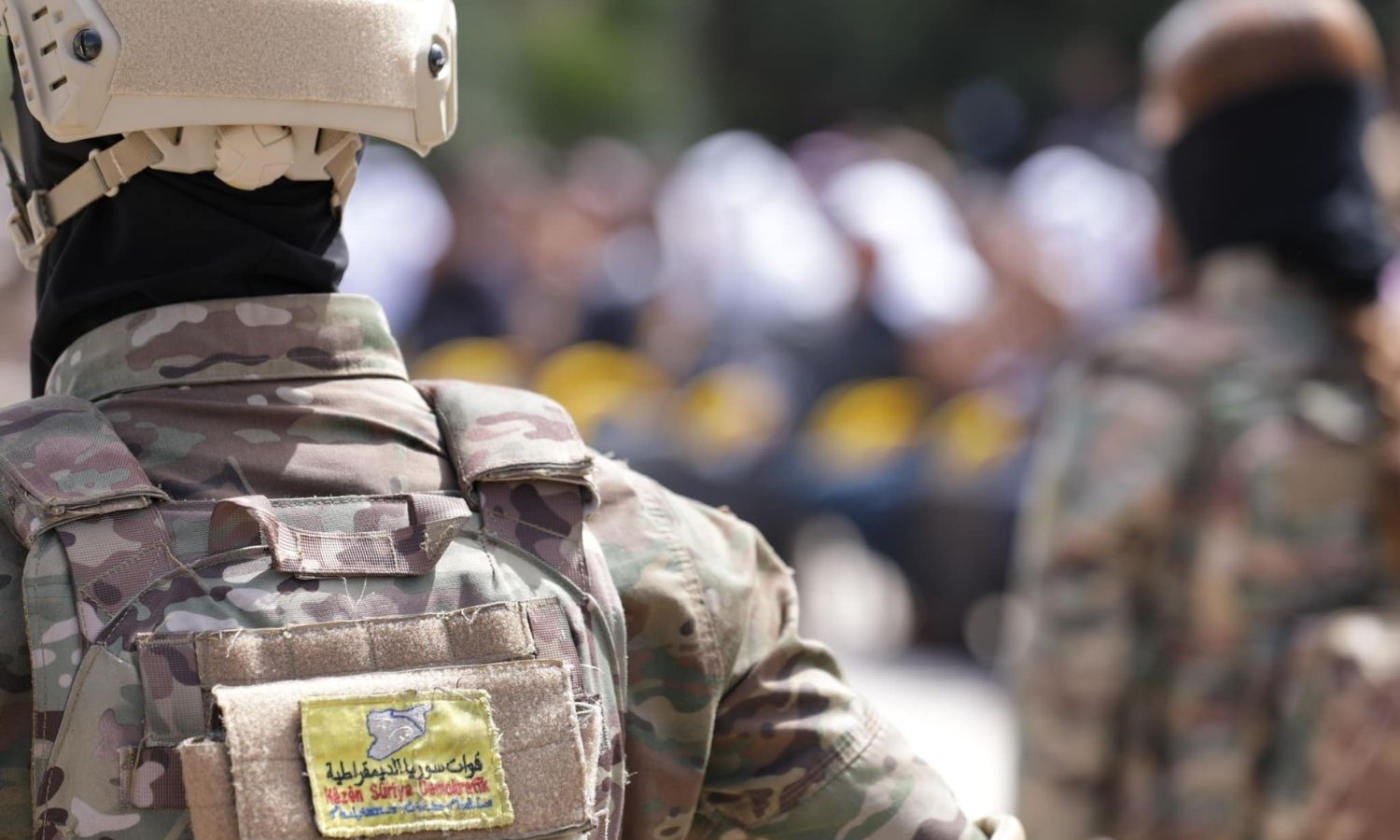As momentum builds around a historic agreement to integrate the Syrian Democratic Forces (SDF) into Syria’s Ministry of Defense, key sticking points—particularly the status of the People’s Protection Units (YPG)—remain unresolved, threatening to derail efforts toward military unification and political reconciliation.
The March 10 agreement between SDF Commander Mazloum Abdi and Syria’s transitional Prime Minister Ahmed Al-Sharaa laid the groundwork for incorporating SDF’s military and civilian structures into the official Syrian state. The deal envisions merging SDF’s armed components with the Ministry of Defense, and the Autonomous Administration’s institutions with national ministries. However, Turkey, a critical regional player, has expressed strong objections to the inclusion of factions within the SDF designated as terrorist groups—chiefly the YPG.
Turkish Foreign Minister Hakan Fidan has reiterated Ankara’s long-standing demand for the immediate disarmament of the YPG and its complete dissolution, even after publicly welcoming the Abdi–Sharaa agreement. He has emphasized that all armed actors involved in “terrorist activities” must be excluded from Syria’s future political-military framework.
Who Controls the SDF?
The SDF, established in 2015, controls approximately 25% of Syrian territory, including energy-rich and agriculturally vital regions. While it includes Arab and Syriac components and former Free Syrian Army factions, its backbone remains the YPG and its all-female counterpart, the Women’s Protection Units (YPJ)—both Kurdish-led forces rooted in the ideology of the Democratic Union Party (PYD), which Turkey sees as an extension of the PKK.
The YPG was formally established in 2011, although its origins trace back to Kurdish self-defence groups formed after the 2004 Qamishli uprising, which was violently suppressed by the Baathist regime. Despite its claims of being an independent force, the YPG is widely regarded as the armed wing of the PYD. It maintains operational control across northeastern Syria, including in Afrin, Kobani, Hasakeh, and Sheikh Maqsoud in Aleppo.
The YPJ, meanwhile, presents itself as a socially transformative force aimed at defending women’s rights and dismantling patriarchal norms in Kurdish and Syrian society. However, its political alignment with the YPG and the broader PYD project has made it equally controversial.
A Political-Military Structure with Deep Roots
The SDF operates under a multi-layered structure. Militarily, it is led by a Military Council, which includes representatives from its various factions—including the YPG, YPJ, Syriac Military Council, Jaysh al-Thuwar, and the al-Sanadid Forces. Politically, the Syrian Democratic Council (SDC or “MSD”) acts as the umbrella organization for both the SDF and the Autonomous Administration, positioning itself as a national democratic platform committed to a negotiated solution in Syria.
While some elements of the SDF—including Arab-majority councils in Raqqa, Manbij, and Deir Ezzor—may be more amenable to integration into Syrian state institutions, the central role of the YPG poses a major challenge. Turkish and Syrian officials alike view the YPG as a non-negotiable obstacle to national military unity.
Leadership and PKK Influence
Analysts and former officials have noted that PKK-linked figures, many of whom are non-Syrians from Turkey or Iran, continue to hold sensitive leadership roles within the SDF’s intelligence branches and special forces (HAT). According to Samer Ahmad, a researcher specializing in northeast Syria, these leaders exert significant influence over SDF strategy and are unlikely to accept conditions that would neutralize the YPG’s authority.
The presence of Rohilat Afrin, a senior YPJ commander, at the latest round of talks between the SDF and Damascus suggests that the military leadership is not preparing to negotiate on the YPG’s disbandment. On the contrary, the SDF appears determined to enter the Ministry of Defense as an intact, cohesive military body—one still led by YPG cadres.
Outlook: A Fragile Framework
While the Abdi–Sharaa agreement marked a breakthrough in bringing disparate forces under one national umbrella, the unresolved status of the YPG and YPJ remains a fundamental roadblock. According to Anas Shawakh, a senior researcher at the Jusoor Center for Studies, it will be difficult to reach a final deal without first addressing the future of these units. “The SDF practically is the YPG,” Shawakh notes. “Trying to separate the two is politically unfeasible without dismantling the entire military framework.”
Turkey’s opposition, Damascus’s hesitations, and the SDF’s internal power structure all point toward a prolonged state of “no peace, no war.” Unless a political consensus is reached on how to handle the YPG’s presence, Syria’s path toward unified governance and military integration will remain stalled.
This article was translated and edited by The Syrian Observer. The Syrian Observer has not verified the content of this story. Responsibility for the information and views set out in this article lies entirely with the author.


